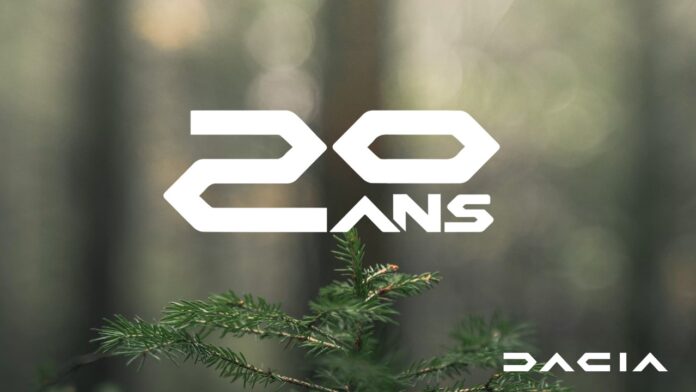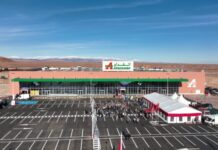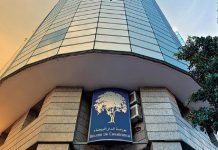Twenty years after entering the Moroccan market, Dacia has firmly established itself as a dominant force in the country’s automotive industry, reshaping it in the process. Since debuting in 2005 with the Logan, the Renault Group’s budget brand has steadily climbed to the top of the sales charts, driven by a robust manufacturing strategy and a commitment to affordability.
From the outset, Dacia challenged conventional wisdom with a clear mission: make new cars financially accessible to the average buyer. The launch of the Logan, which rolled off the assembly lines at the Somaca plant in Casablanca, marked the start of a remarkable journey. It quickly became a symbol of practical, no-frills transportation and remains one of the country’s top sellers today—second only to the Sandero, another locally built model introduced in 2009.
The introduction of the Duster in 2010 marked a turning point. For the first time, a rugged, versatile SUV became available to a broader demographic in a segment previously dominated by high-end brands. That same year, Dacia seized the top spot in Moroccan auto sales, a position it has maintained ever since.
Over the years, the brand has strengthened its relationship with Moroccan drivers by broadening its lineup and embracing electrification. The fully electric Spring and hybrid versions of the Jogger, both produced at the Tanger factory, reflect this new direction. These additions underscore Dacia’s commitment to evolving with the market while staying true to its core values.
As of 2024, one out of every four new cars sold in Morocco bore the Dacia badge. In just the first quarter of 2025, the brand sold over 10,200 vehicles, reinforcing its leadership. The Logan, Sandero, Duster, and Jogger continue to dominate thanks to their reliability and strong value for money.
On the production front, the Casablanca and Tangier plants are pillars of Renault Group’s manufacturing network. Since opening in 2012, the Tangier facility has become one of the most advanced on the continent. It assembles the Sandero and Jogger for both domestic use and international markets—exports now account for 80% of the output.
Dacia’s story in Morocco is one of industrial efficiency meeting real consumer needs. Two decades in, the brand remains on an upward trajectory, powered by a clear identity and a consistent promise: to deliver only what matters, without the excess.





